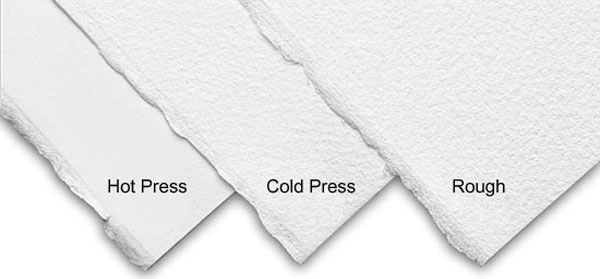Yes, that’s right, this whole post will be dedicated to paper. I know it may be pretty boring, but it is as important to calligraphy as any other part of it. Different types of paper can affect the art and the longevity of the artwork.
First, let start with an important part of calligraphy, the types paper, because if you don’t have the right paper, what are you going to do calligraphy on! There are several types of paper, some of which work well for calligraphy and others that do not. The most common type of paper (and the one I and most people use most frequently) is copy paper. This is the type of paper is used to print as well as to write on. and is smooth and thin. Art paper, which is probably the best option for calligraphy, is thick and more textured than copy paper. This type of paper is also good for backgrounds because it can hold paint and watery substances more readily. The only down fall of art paper is that it is more expensive. Another higher quality paper is cardstock. This type of paper is very stiff, yet smooth and thin. The durability of the paper is good for different projects such as making cards. Construction paper is similar to cardstock but it is not stiff. Ink will soak readily into this paper and may even soak through, so it is a good idea to have something protecting the writing surface when using this type of paper.
I mentioned paper thickness and surfaces of paper, but I feel I need to expand on that a little bit. Thickness of paper is described by the weight of the paper, meaning heavier paper is thicker than lighter paper. Thicker paper can have it advantages. It is handle more erasing, which is beneficial especially for beginners, and liquid-y substances including ink and watercolor that can be used for backgrounds. There are also different types of paper surfaces. With rough paper, the texture is visible and can be easily felt. This type of paper is good for dry and powdery substances, such as embossing powder or glitter, because the texture is better for holding the powder. There is also cold pressed paper. This paper is made the same way as rough paper, except it is smoother because it is pressed more than rough paper. Cold pressed paper is also good for holding powdery pigments, but does not hold them quite as well as rough paper. This paper is good for watercolor used for backgrounds of calligraphy and for other drawings. The smoothest type of paper is hot pressed paper. Hot pressed paper has a harder surface, so it won’t absorb substances quite as well, but is still good at holding ink. Different material used to make paper can affect how long it will last. Recycled paper is made of bigger pieces of pulp, so it will not last very long and will eventually begin to decay. There are also acid free papers that will not be as susceptible to the browning that occurs when paper is exposed to air for long periods of time.

Types of paper surfaces
Even though this post was rather dull, paper is important to good calligraphy. Next post, and a post I am particularly excited about, I will be discussing supplies for enhancing works of calligraphy!

My uncle is a fountain pen enthusiast and this means he is by extension also an expert on paper, Inks, and filling mechanisms. Before spending significant time with him I would have had no clue about what quality or type of paper I am using. Everyone I know is aware of construction paper and printer paper, but not all of aware of the rest of the types.
My uncle taught me, “You can have the best pen and ink in the world, it won’t matter. Writing on garbage paper will always be a garbage experience.” I am glad you took some time to focus on different types of paper. Hopefully, we can all become a little closer to pen enthusiasts.
Given that my only experience in calligraphy is watching those videos on Instagram, I’m really happy I read this. Even though it’s just paper, I find it fascinating that what is regarded as a trivial thing can play a big role in art and calligraphy! I also didn’t know there was so many different kinds of paper, and I work in an office. -_-”
Overall, this is a really great post and blog! I’m sure to read your next post, and read the ones I missed!